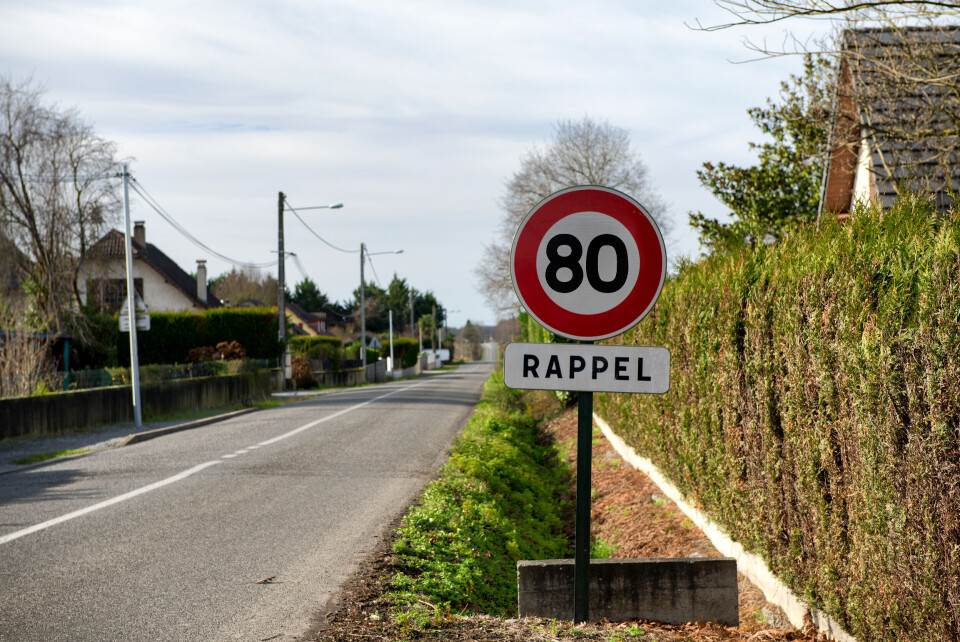-
Yellow lights for pedestrians in many cities in France - what do they mean?
The lights are being trialled in six major cities until 2027
-
Exemption from fees to register electric car to end across most of France from May
Applying for a carte grise will soon become more expensive
-
Drivers in France reminded of this little-known, strict car wash rule to avoid large fines
Environmental regulations impose a €450 fine – even outside drought periods
How to keep track of changing speed limits on French secondary roads
We ask a lawyer who works with departments on implementing the changes

Reader question: Since the speed limit is 80km/h or 90km/h depending on where you are on departmental roads, how does one know the correct limit? Our satnav has also said 80km/h in one direction and 90km/h in the other.
Morbihan in Brittany recently became the 46th department to raise the speed limit on some or all of its secondary roads from 80km/h to 90km/h.
That means approximately half of local authorities have now chosen to return to the limit which had been in place before 80km/h was imposed nationally in 2018.
They were given the power to do this if they chose in December 2019.
This applies to secondary roads outside urban areas, except for dual carriageways.
Read more: Has reducing the French speed limit to 80km/h saved lives?
Where does all this leave drivers?
“It’s simple,” Eric Landot, a lawyer who has worked with departments to help them understand the changes to the regulations, told The Connexion.
“As soon as the limit is no longer 80km/h, it is up to the department to put up a sign indicating the exceptional speed limit, whether this is lowered or, as is possible since the loi d’orientation des mobilités, raised to 90km/h.”
This applies when you are exiting a built-up area where the speed limit was 50km/h and you see a sign with a commune name crossed out in red.
If this is the only sign, it means the limit has returned to 80km/h.
“After another speed, it must always be indicated if it is turning to 90, otherwise it is 80,” Mr Landot said.
Read more: Speed camera in west France flashes drivers when not speeding
Satnav not always accurate
When consulting your satnav, it is important to know when this was last updated.
GPS devices installed in cars, particularly older models, might not include the latest changes and could require a manual update.
GPS apps such as Google Maps should update automatically. The safest option, though, is obviously to pay attention to the road signs.
Find out which departments have already raised their speed limits here.
Related articles
Speed cameras in France ‘selected for profit, not to make roads safer’
Will electric bikes and scooters soon need number plates in France?
Drivers in France may no longer lose points for low-level speeding
























